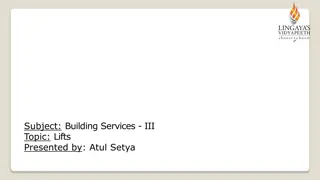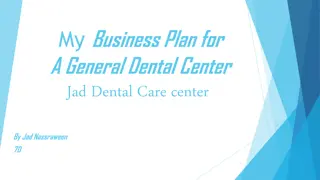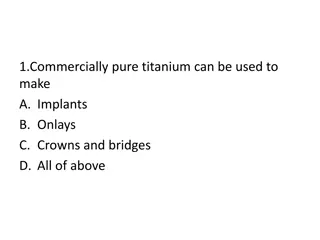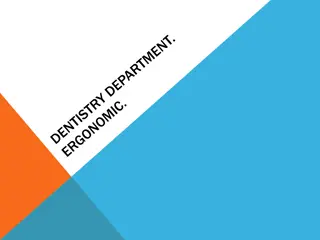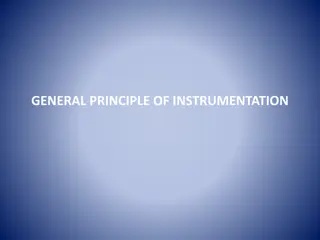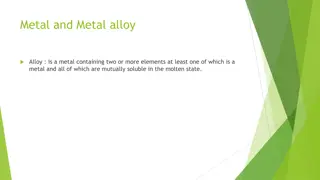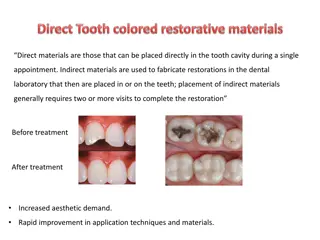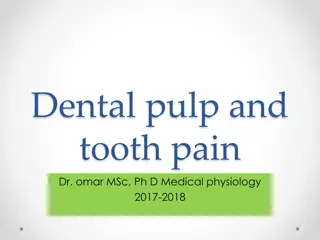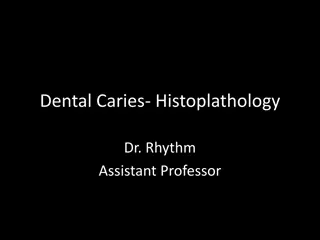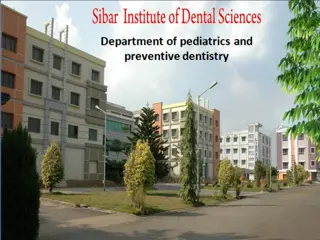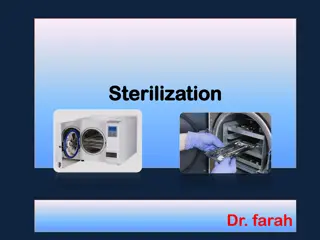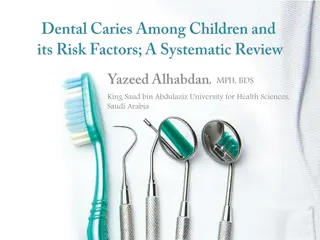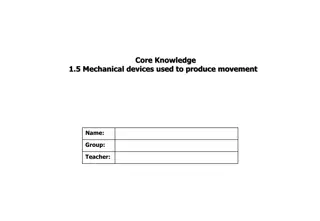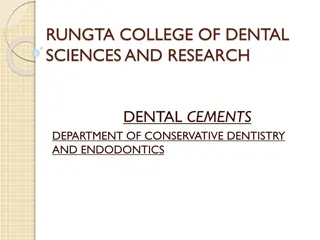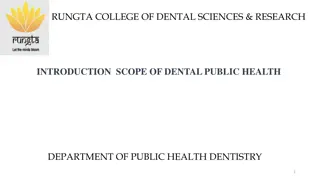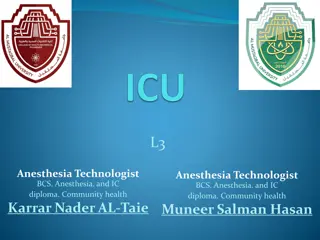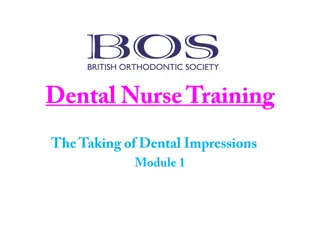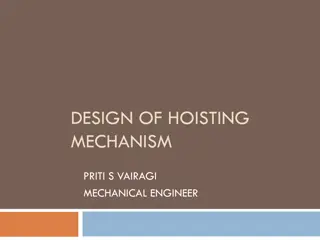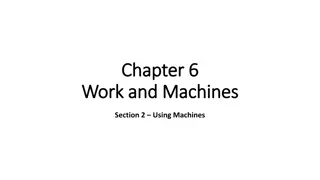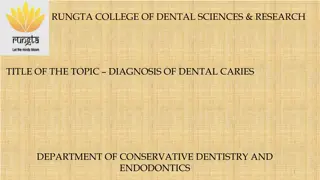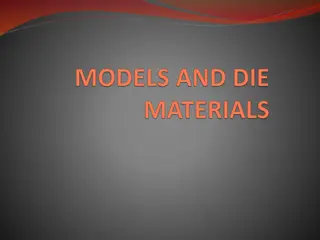Understanding Dental Elevators and Mechanical Principles of Usage
Dental elevators are specialized instruments used by dentists like Dr. Mohammed Alaraji, B.D.S, F.I.B.M.S, for tooth extraction procedures. They involve mechanical principles such as the lever, wedge, and wheel-and-axle principles. Elevators consist of parts like the handle, shank, and blade for effective tooth extraction. By understanding the line of withdrawal, point of application, and root patterns, dentists can safely extract teeth using these instruments.
Download Presentation

Please find below an Image/Link to download the presentation.
The content on the website is provided AS IS for your information and personal use only. It may not be sold, licensed, or shared on other websites without obtaining consent from the author. Download presentation by click this link. If you encounter any issues during the download, it is possible that the publisher has removed the file from their server.
E N D
Presentation Transcript
Elevators Dr.Mohammed Alaraji B.D.S,F.I.B.M.S
Are (exo-levers), instrument designed to elevate or luxate the teeth or roots from their bony socket in closed or surgical method of extraction to force a tooth or root along the line of withdrawal
Line of withdrawal Is the path along which the tooth or root will move out of its socket when minimal force is applied to it, and this line is primarily determined by root pattern (long axis of the tooth).
Point of application Is the site on the root at which force must be applied to effect delivery, it is determined by the line of withdrawal. We have buccal point of application, distal point of application, and mesial point of application.
All elevators have the following parts: I-Handle: This may be a continuation of shank or at right angle to it. II - Shank. III. Blade: This part engages the crown or root and transmit force to the tooth, bone or both. The working side of the blade is either concave or flat.
Mechanical principles of uses of elevators 1- Lever principle. 2- Wedge principle. 3- Wheel and axle principle. 4- Combination of these principles.
Lever Principle This is the most commonly used principle or technique used with Dental elevators. The Lever principle comes with three basic components Fulcrum, Effort and Load. Elevator is the lever of first order or Class I lever. Fulcrum is positioned between the Effort and Resistance. When used with Elevators, the handle of the elevator is the Effort while the tip of the blade is the working end applies the load to the tooth where it is engaged in.
Wedge Principle A Wedge basically expands, splits and displaces the object that receives the force. The Wedge (Elevator) is forced or pushed into the space between the root and the bone parallel to the long axis of the root. The force is applied on the base of the plane which turns this resistance into force on the slant side. Wedge principle is used by positioning a straight elevator tip between the tooth and the alveolar bone and applying slow and constant apical pressure to tear the periodontal ligament attachment from the bone and luxating the root or tooth. this expands the bony socket leading to separation of the PDL ligament from the bone leading to luxation of the tooth.
Wheel and Axle Principle It is the most aggressive of the three principles, the force is applied to the circumference of the wheel which turns the axle to raise the weight or the tooth. The main use of Wheel and Axle principle is done by Crossbar Elevators which engage into the space between the root and the bone, the handle is at right angle to the shank which is rotated . If applied in an improper manner, it will lead to fracture of mandible as the amount of force applied is more due to the right angle positioning of the handle to the shank.


